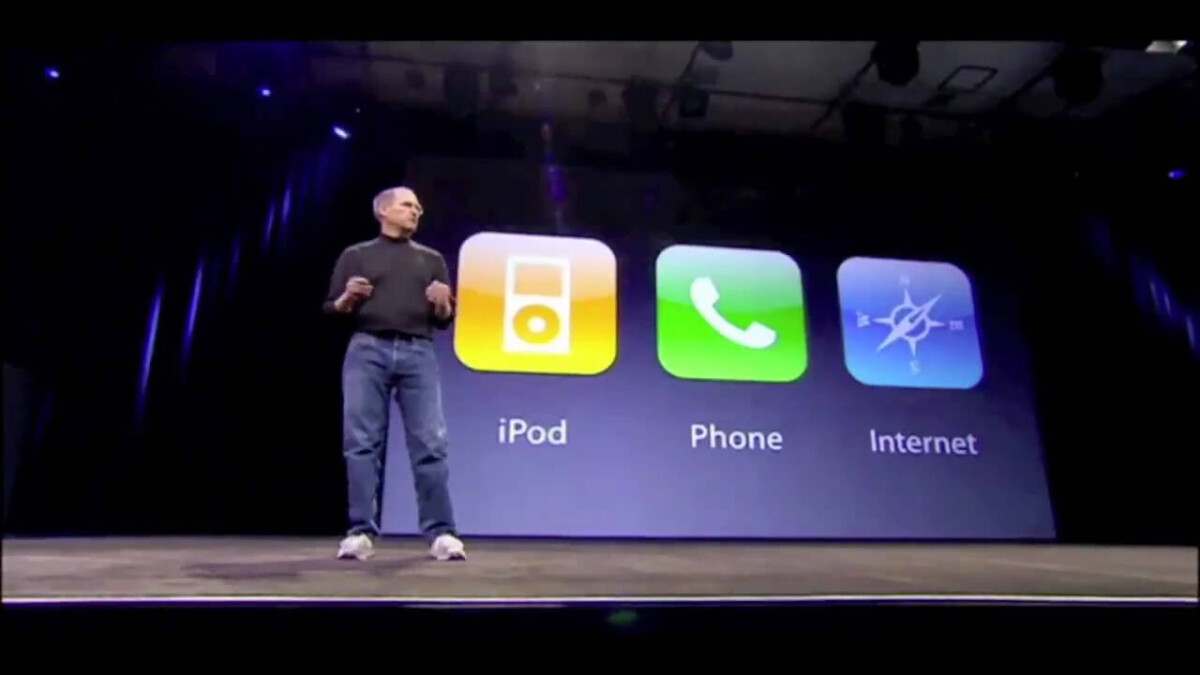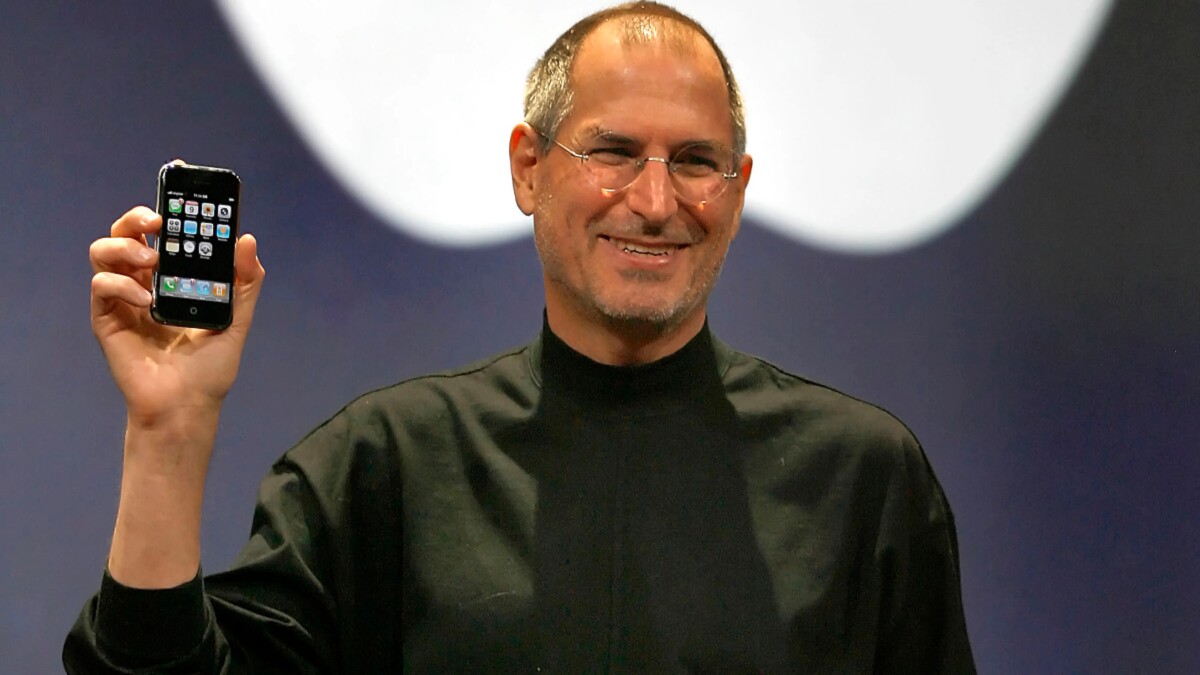In 2007, as a student and geek, I had no idea that emptying my bank account for an iPhone would make me participate in a technological revolution.
The adventure begins in a student room in the Paris region, eyes glued to a computer screen. Steve Jobs was on stage thousands of miles away.
It’s 2007, and a few weeks after the Apple keynote, I just received my first iPhone. To acquire it, I emptied my student bank account, convinced that this investment was worth it. History will prove me right, but it’s easier to say it today.
At the time, I financed my studies thanks to the State, but also by writing smartphone tests for different media.
The market was then dominated by devices running Windows Mobile and Symbian, phones capable of accessing the web and running applications. But the iPhone would change everything, even if it still lacked an essential element at the start – the App Store – while other OS already had it.
The night of the Jailbreak
This first night with the iPhone will remain etched in my memory. The device was unusable in France, locked by American operators.

The only solution: jailbreak. A complex procedure, a far cry from the automated tools that arrived much later. You had to access the “root” of the device, manipulate lines of code, and start again several times. Every step was a risk.
The successful jailbreak, the magic finally worked. The screen, with impressive brightness and color quality for the time, came to life. The photo gallery offered a seamless experience never before seen. The Safari browser made it possible, for the first time, to display websites in their “desktop” version on a mobile. A revolution.

This Steve Jobs keynote
Steve Jobs’ famous keynote wasn’t just a masterful product presentation — it was the announcement of a paradigm shift.

By openly criticizing the defects of existing phones, Steve Jobs was not just marketing: he was pointing out real problems that the industry had failed to solve.

The iPhone’s capacitive touchscreen interface was revolutionary. No more styluses and imprecise resistive screens. The simplicity of use hid a remarkable technical prowess. Every interaction felt natural, intuitive, almost magical. It was the beginning of what would later be called the “post-PC era.”
Eighteen years later, it’s fascinating to see how much the iPhone has transformed not just Apple, but the entire industry. From a simple computer manufacturer, Apple has become one of the most valuable companies in the world. More importantly, the iPhone changed society.
In short, sometimes emptying your bank account for a gadget can be the start of a great adventure. But hey, maybe that’s not the best advice to follow.
Source: www.frandroid.com


